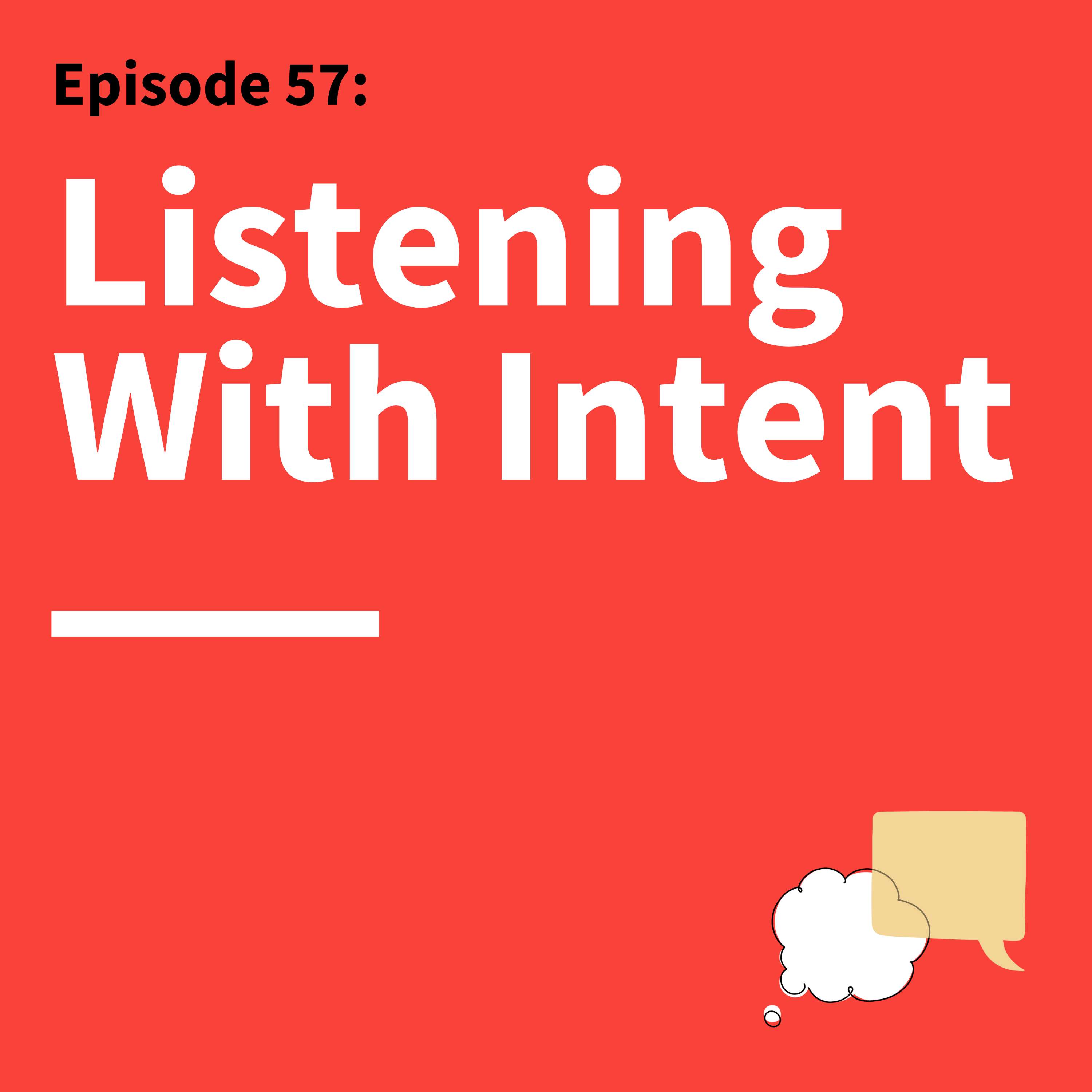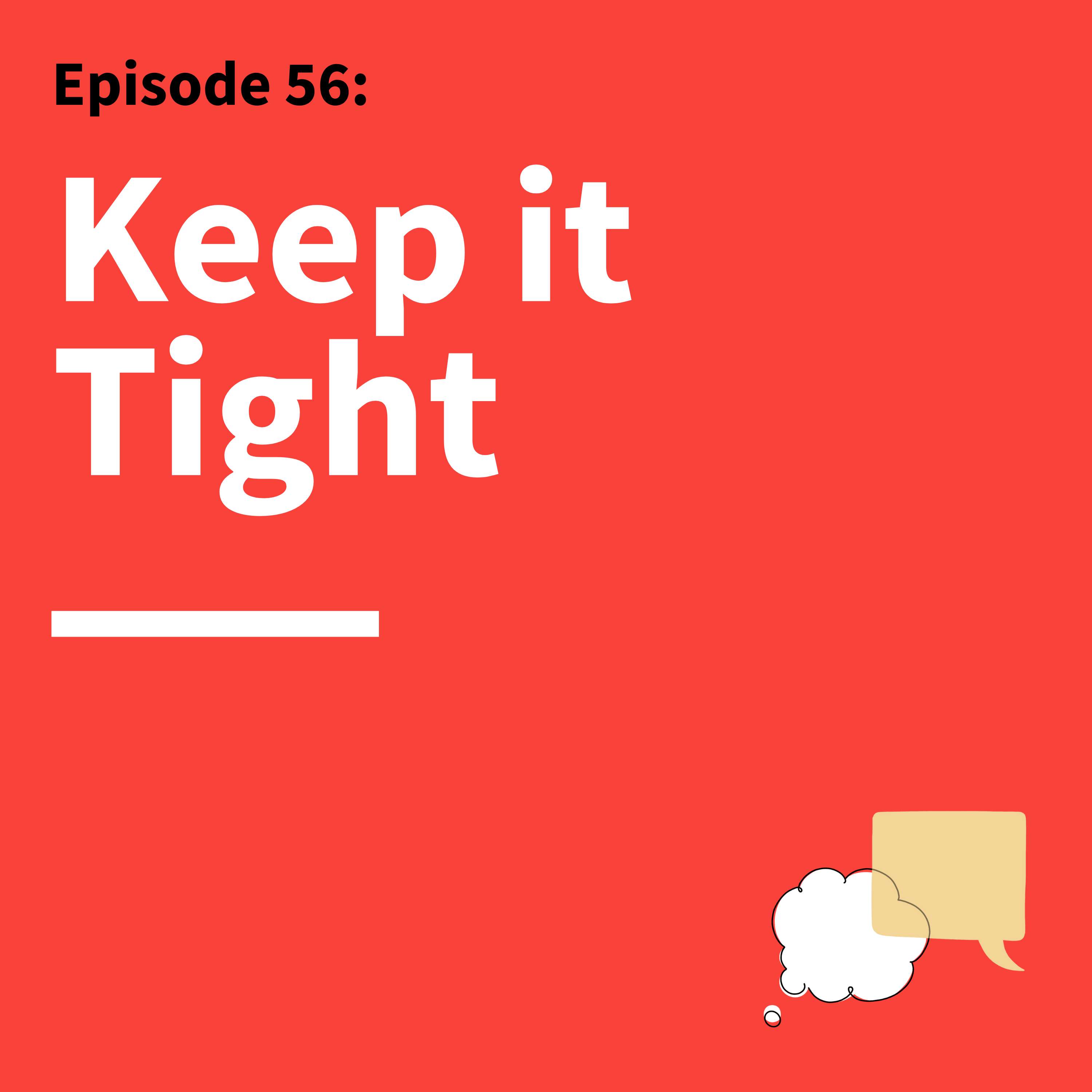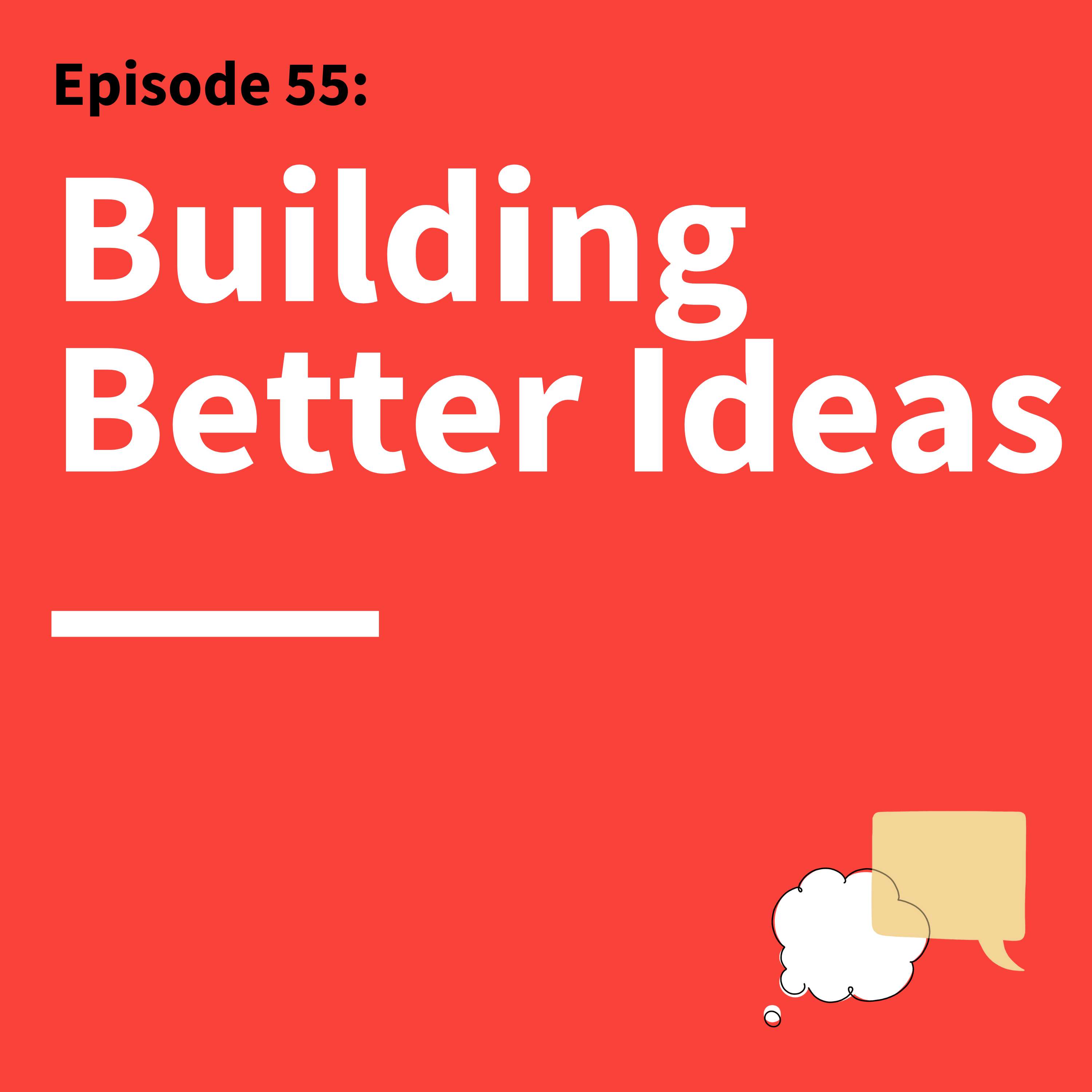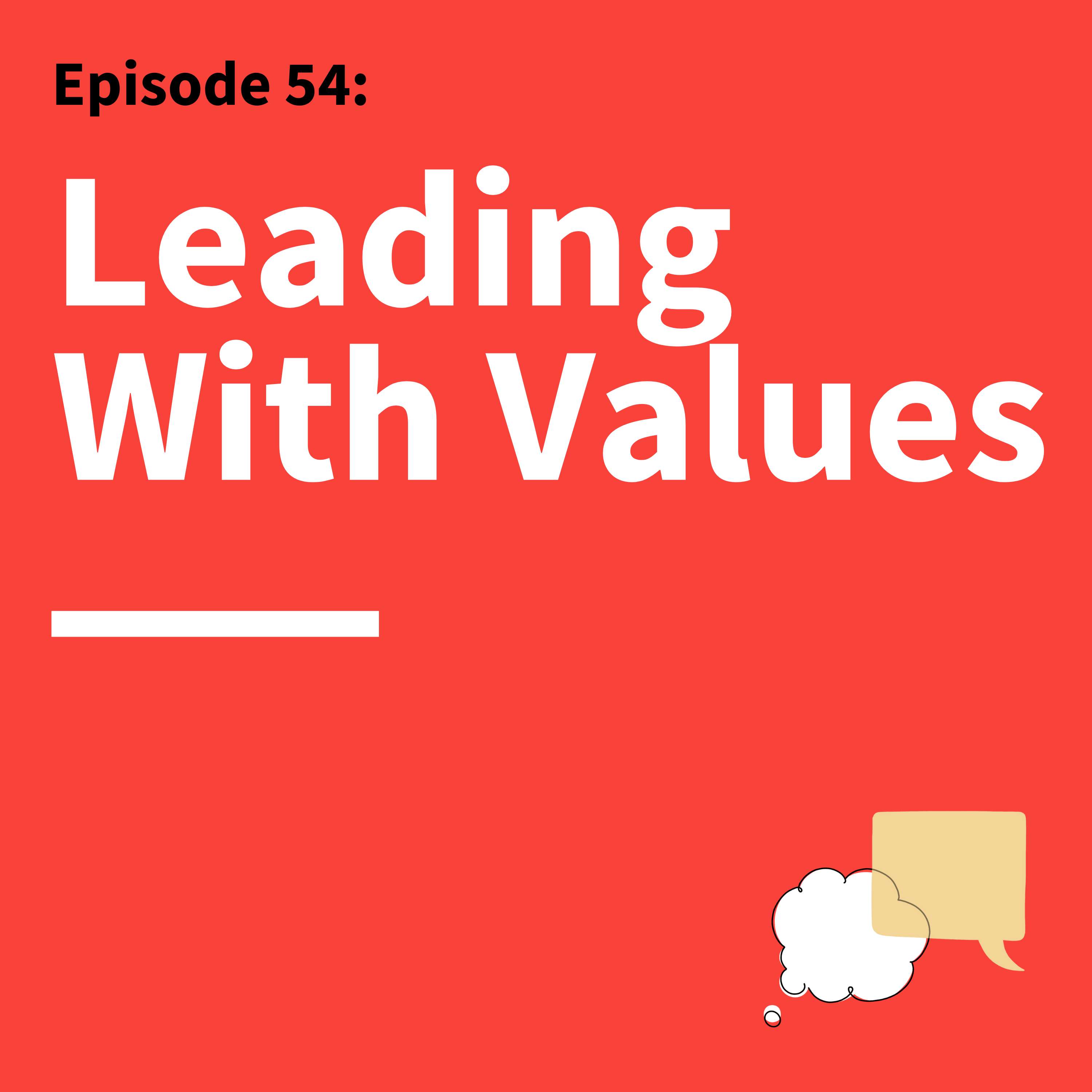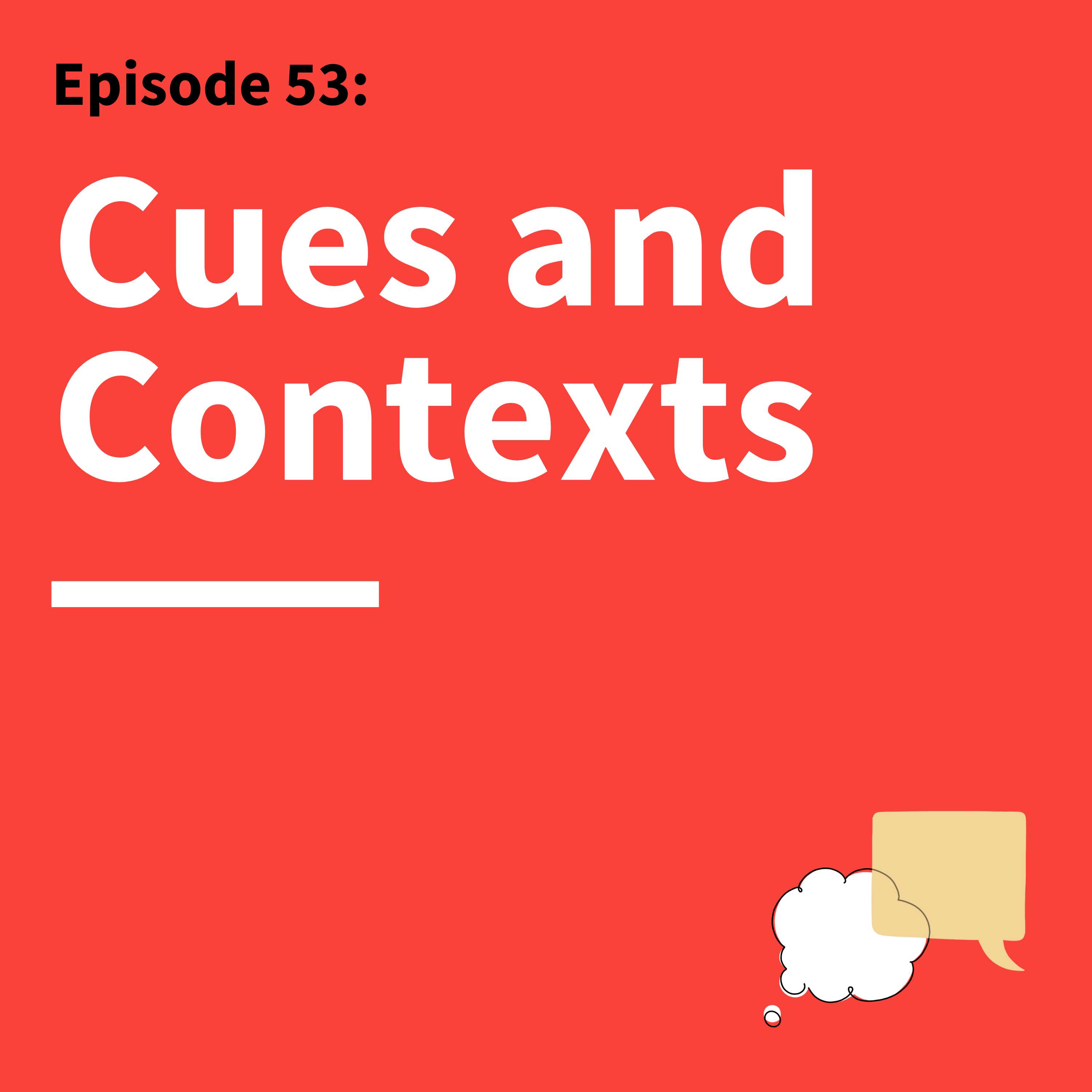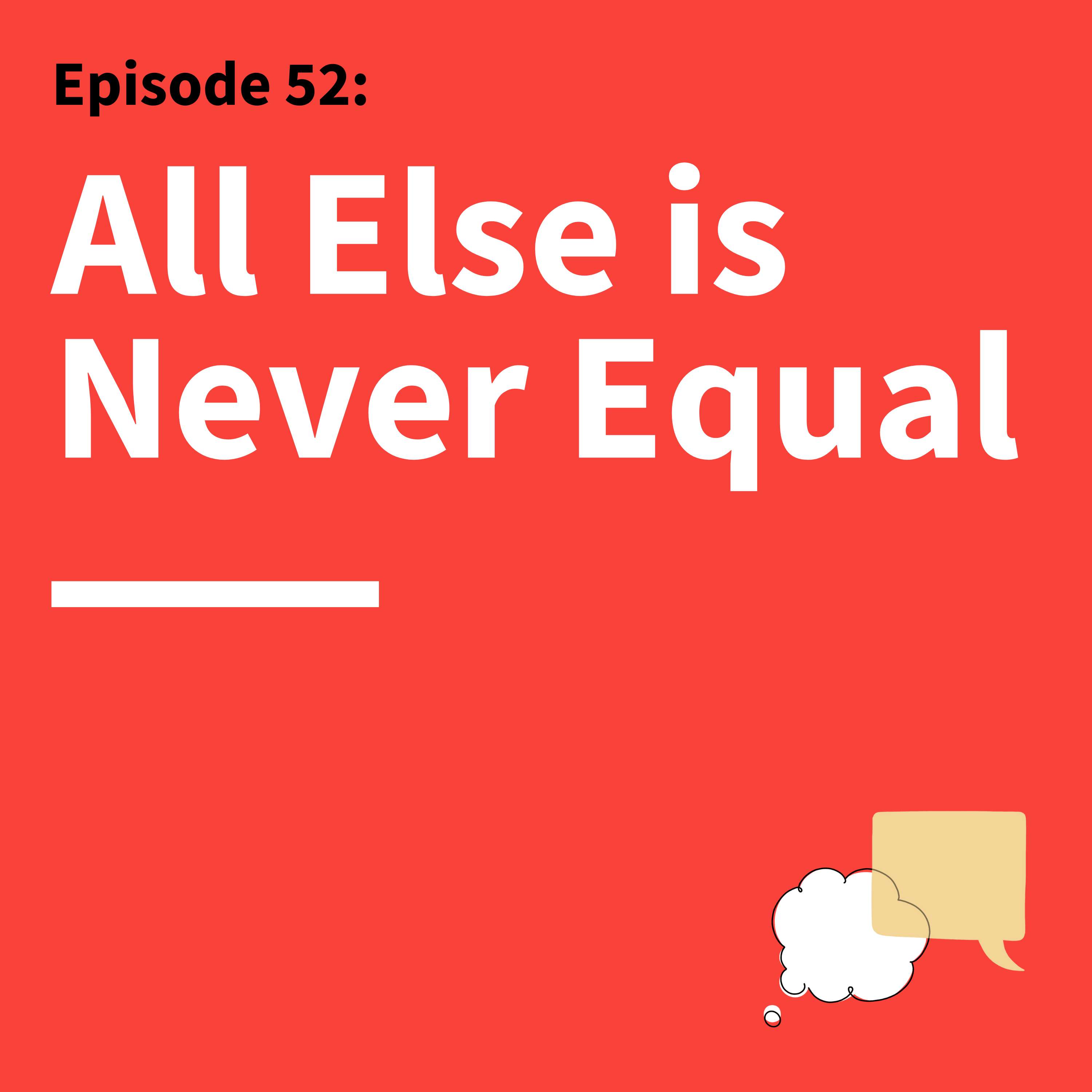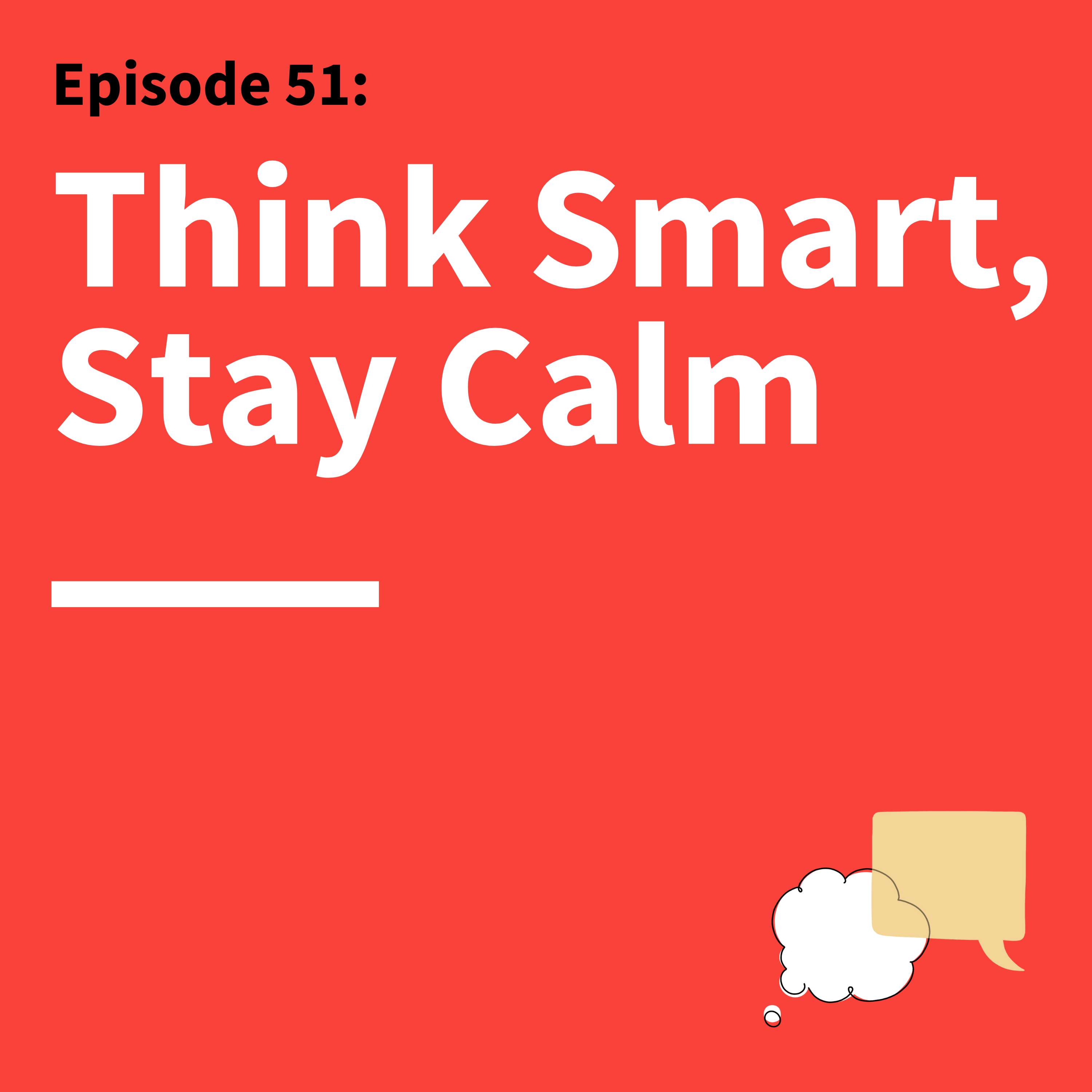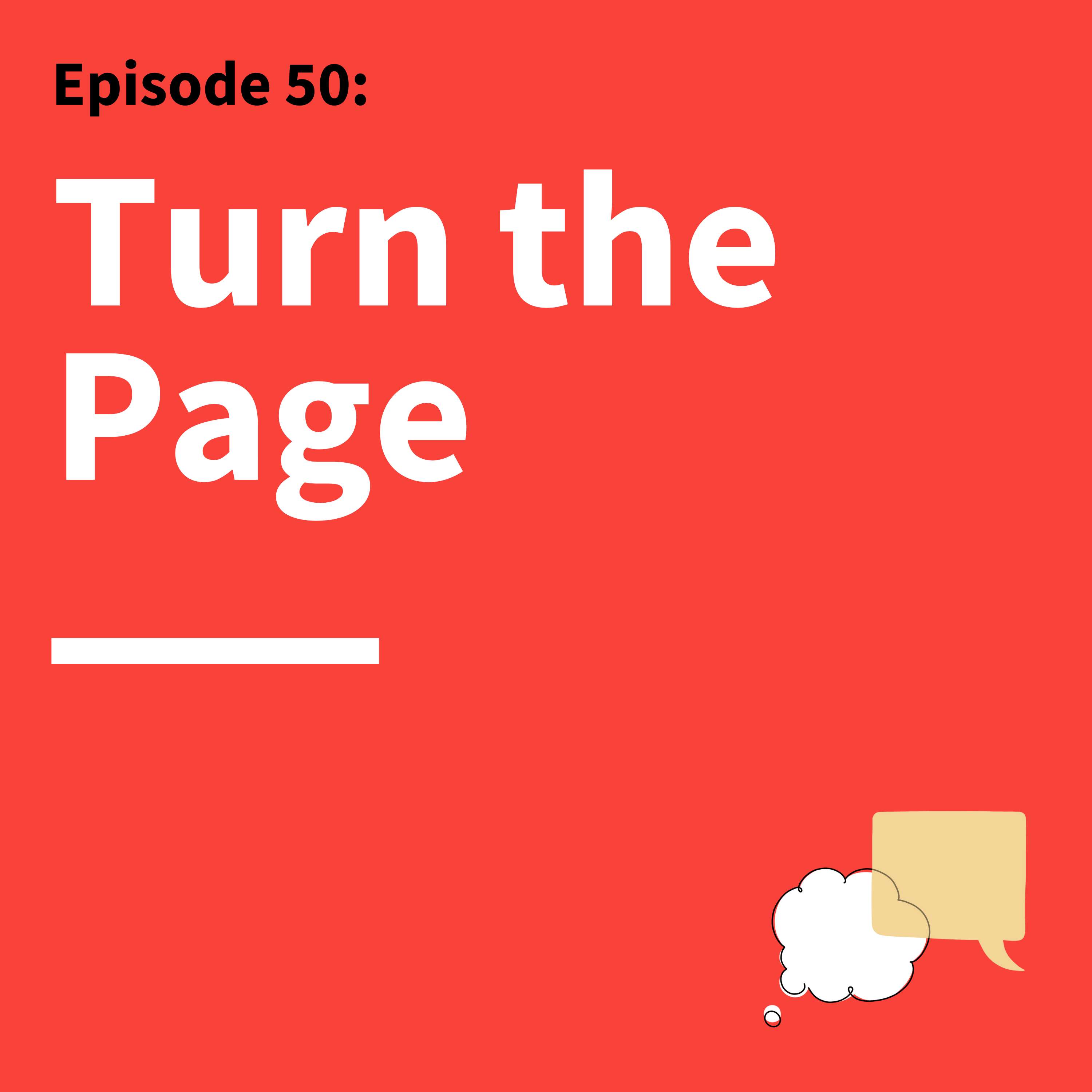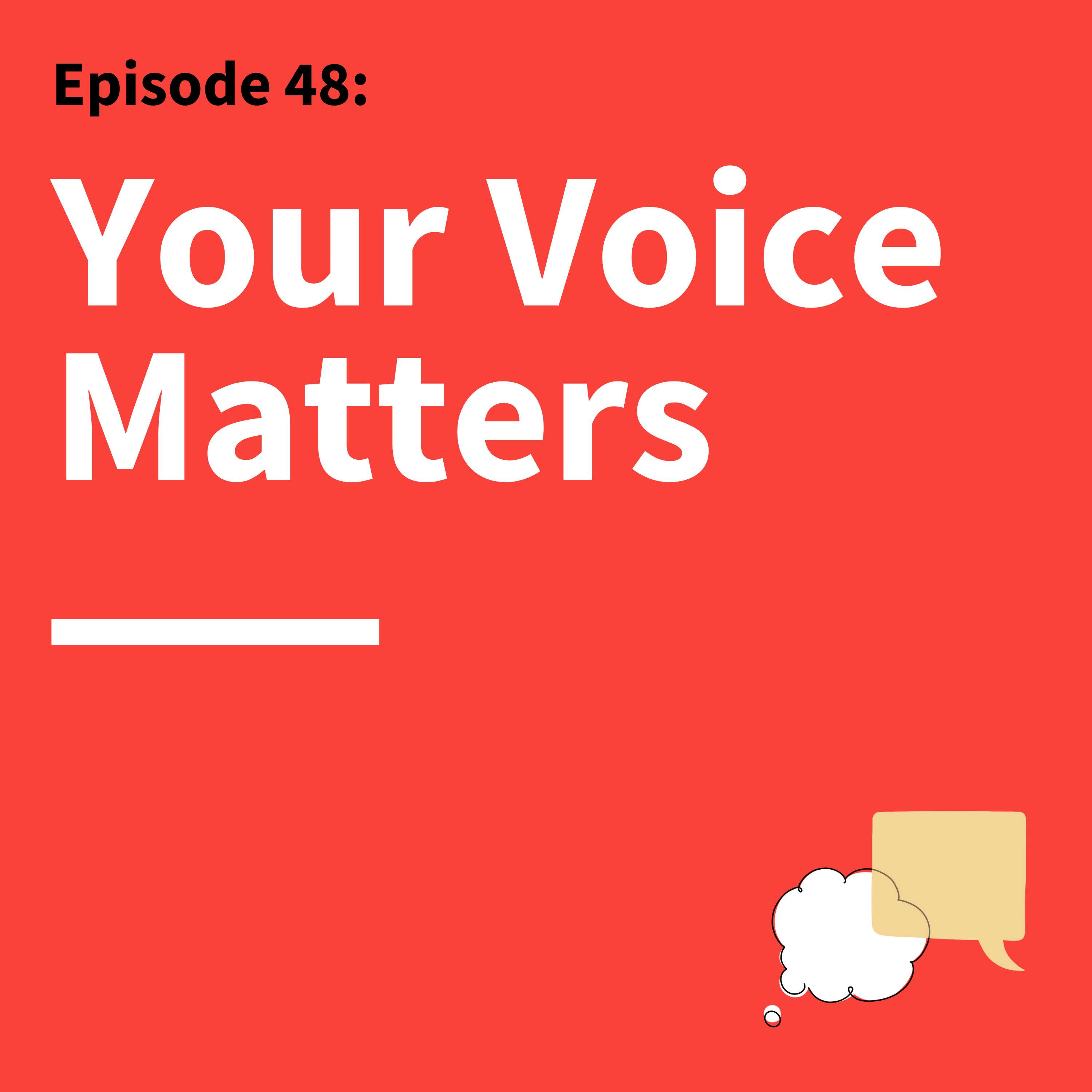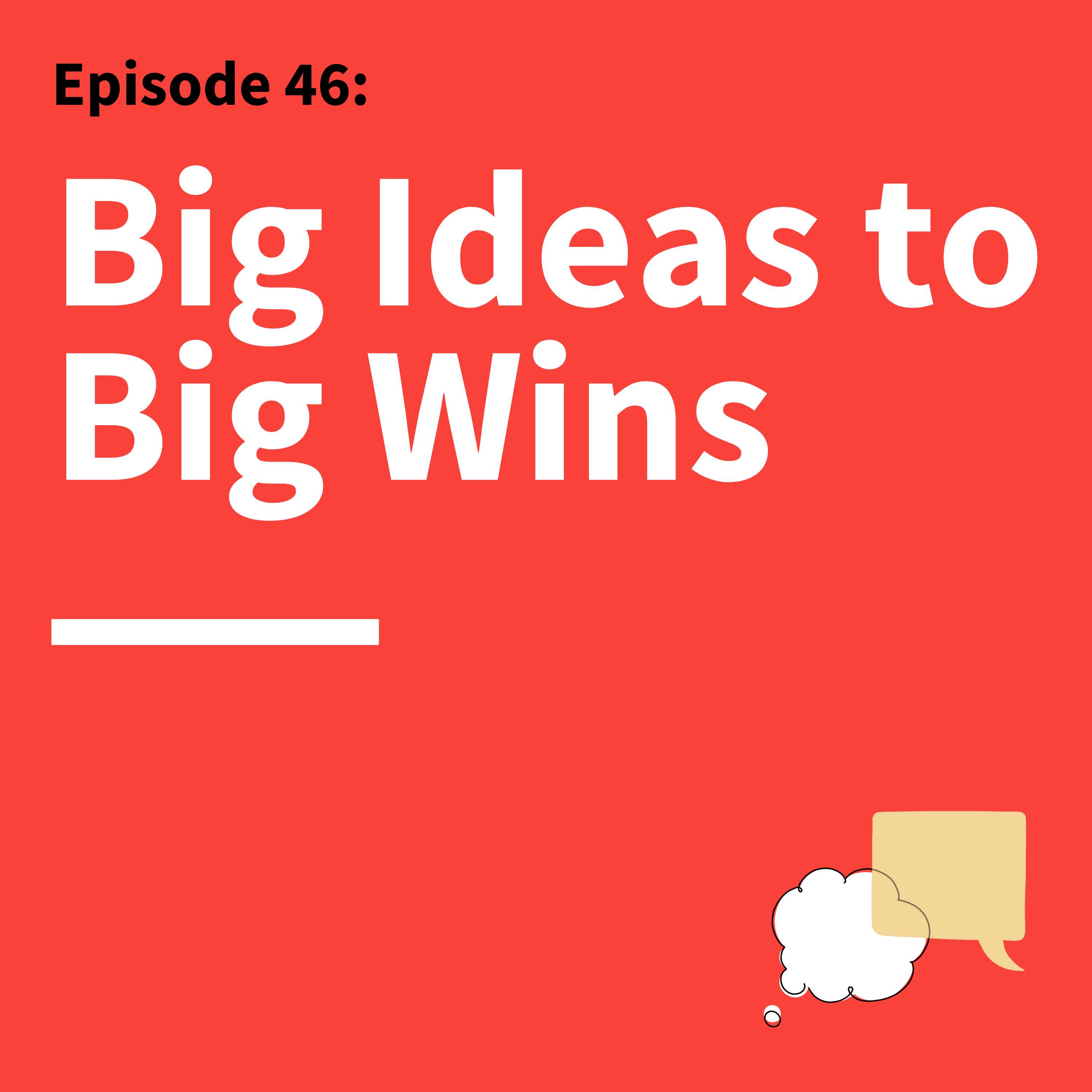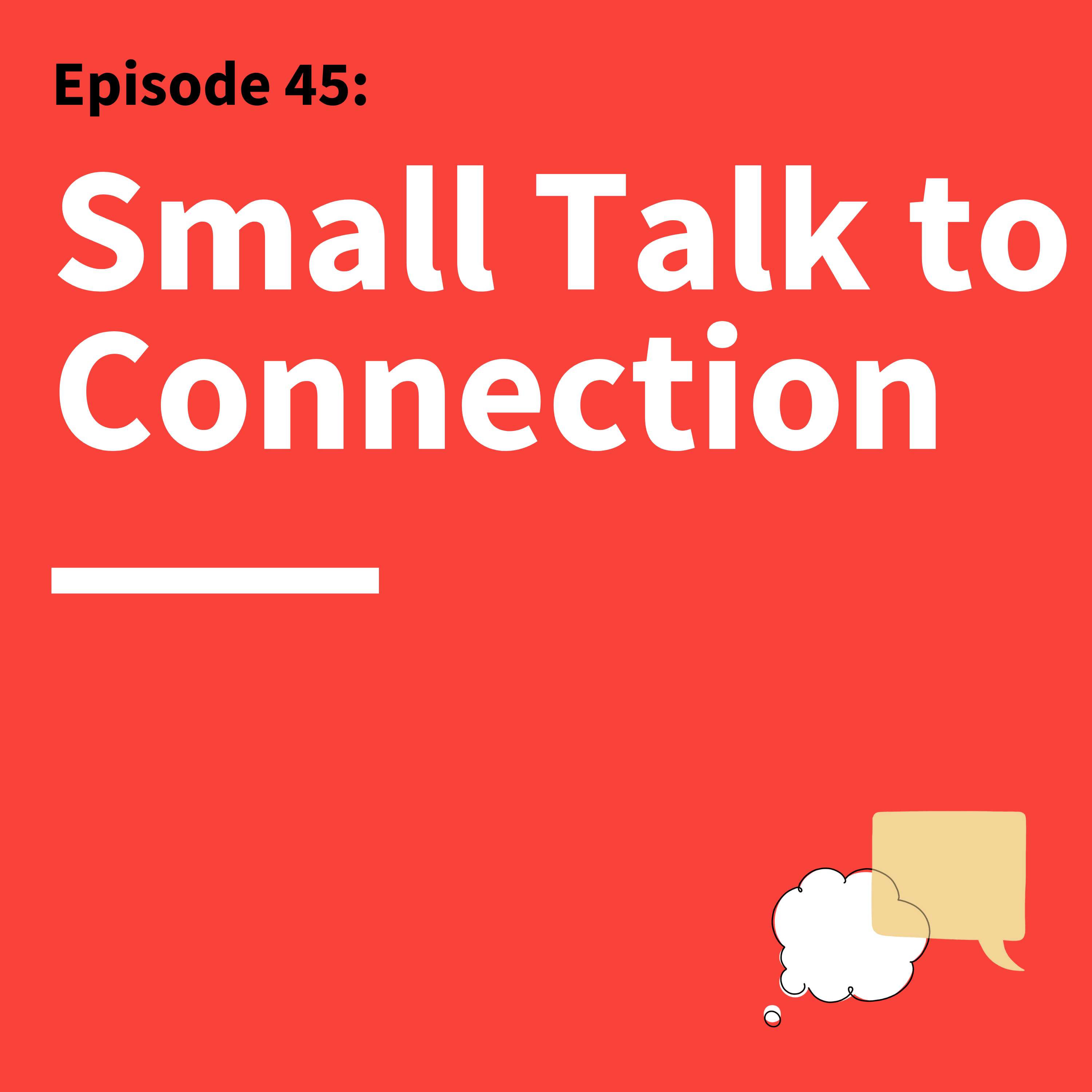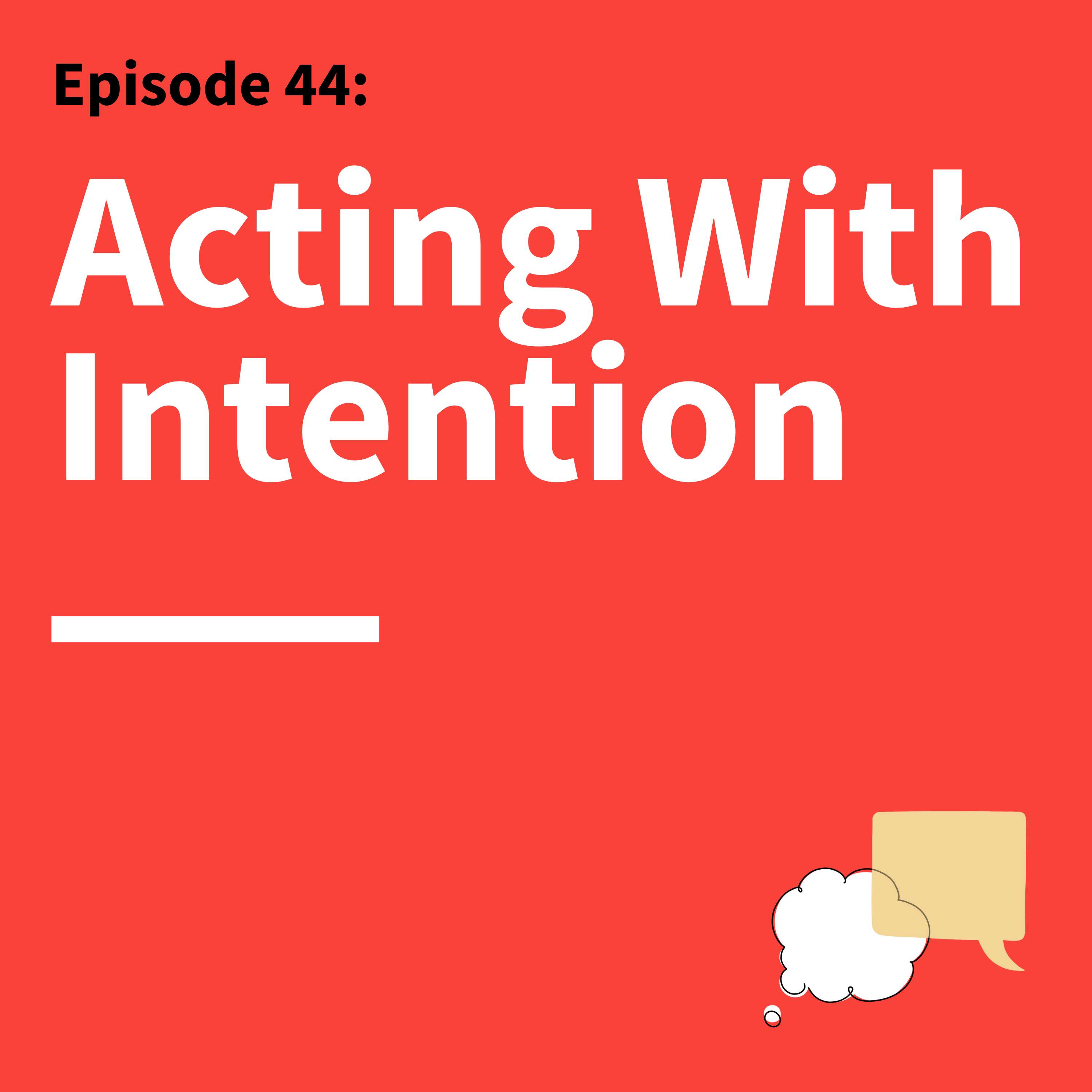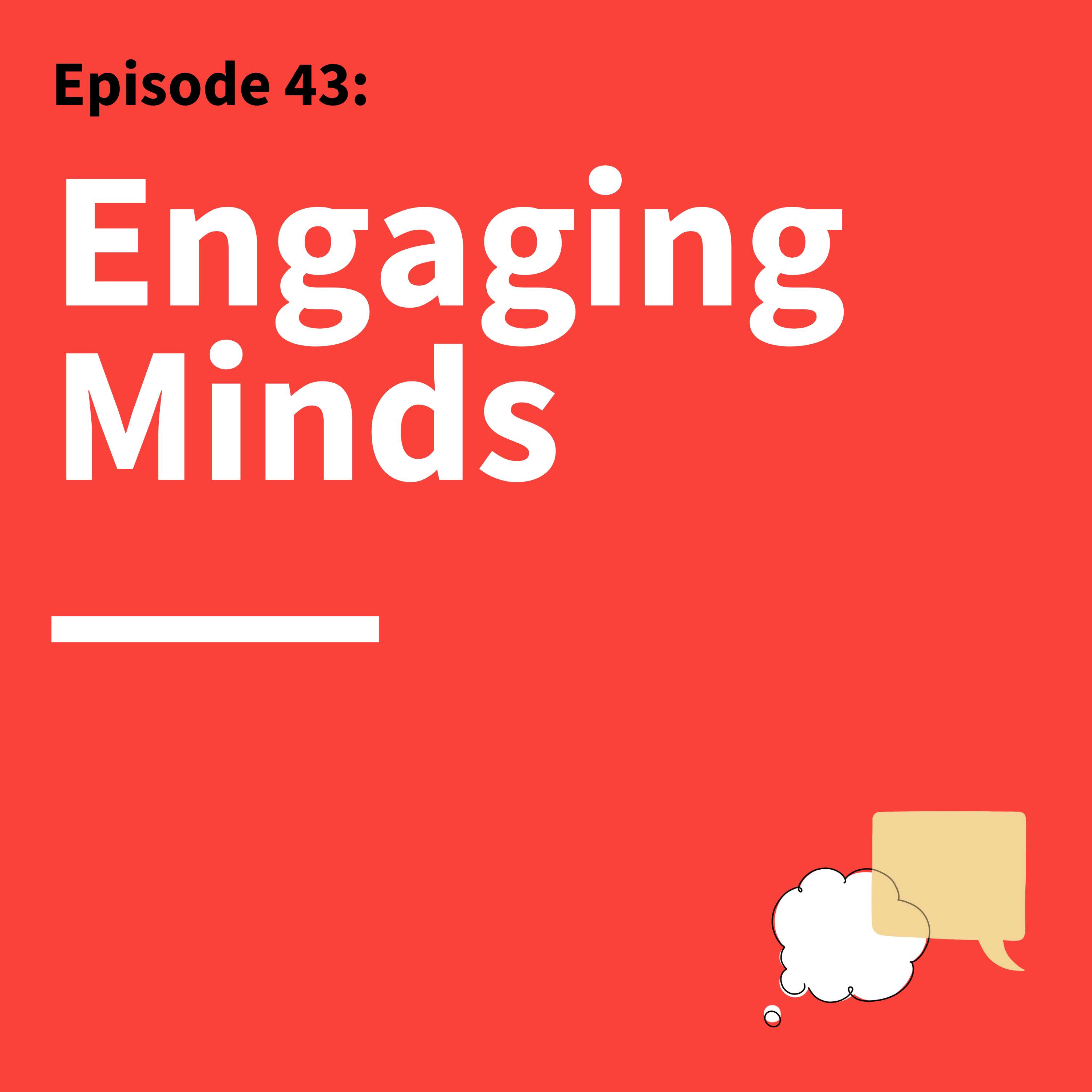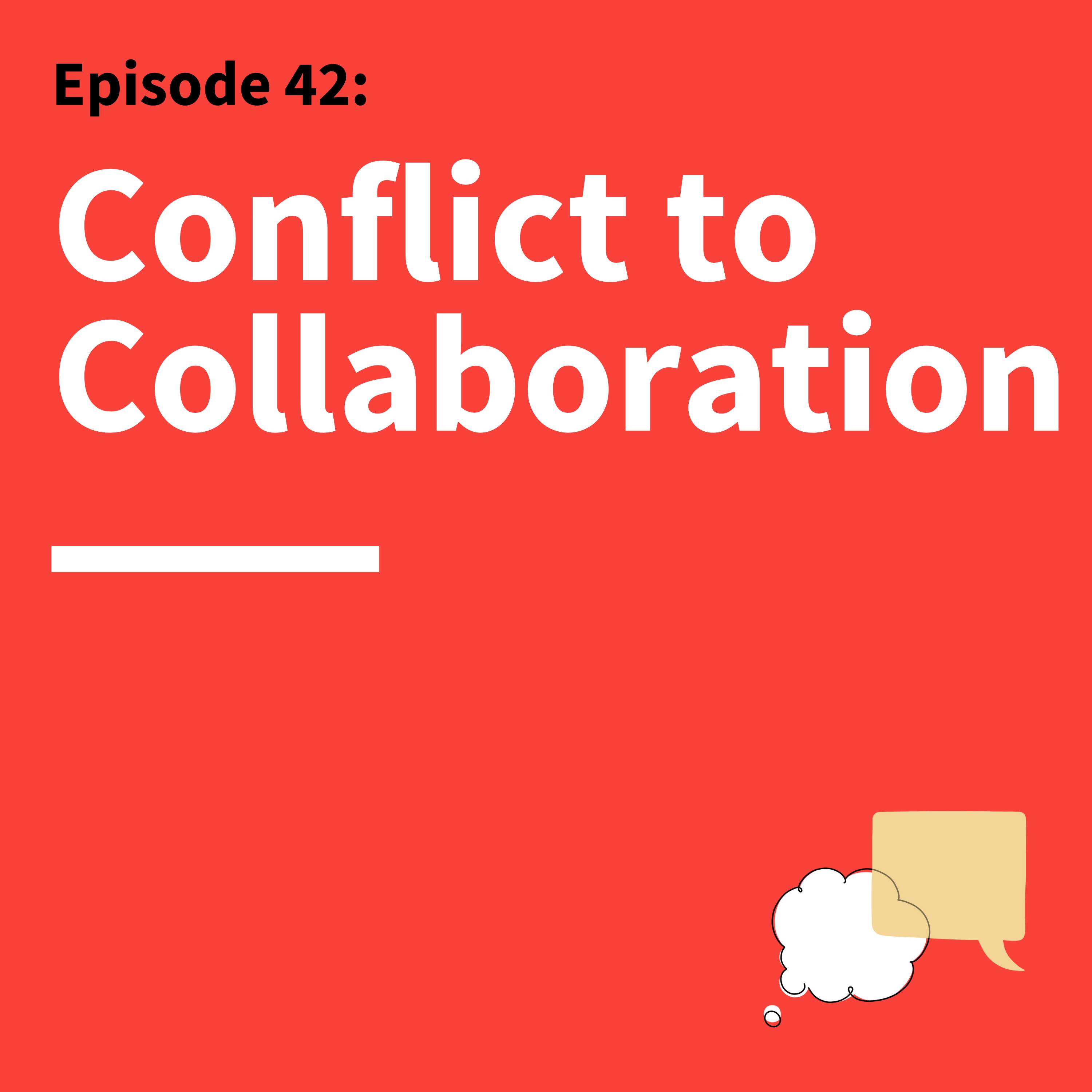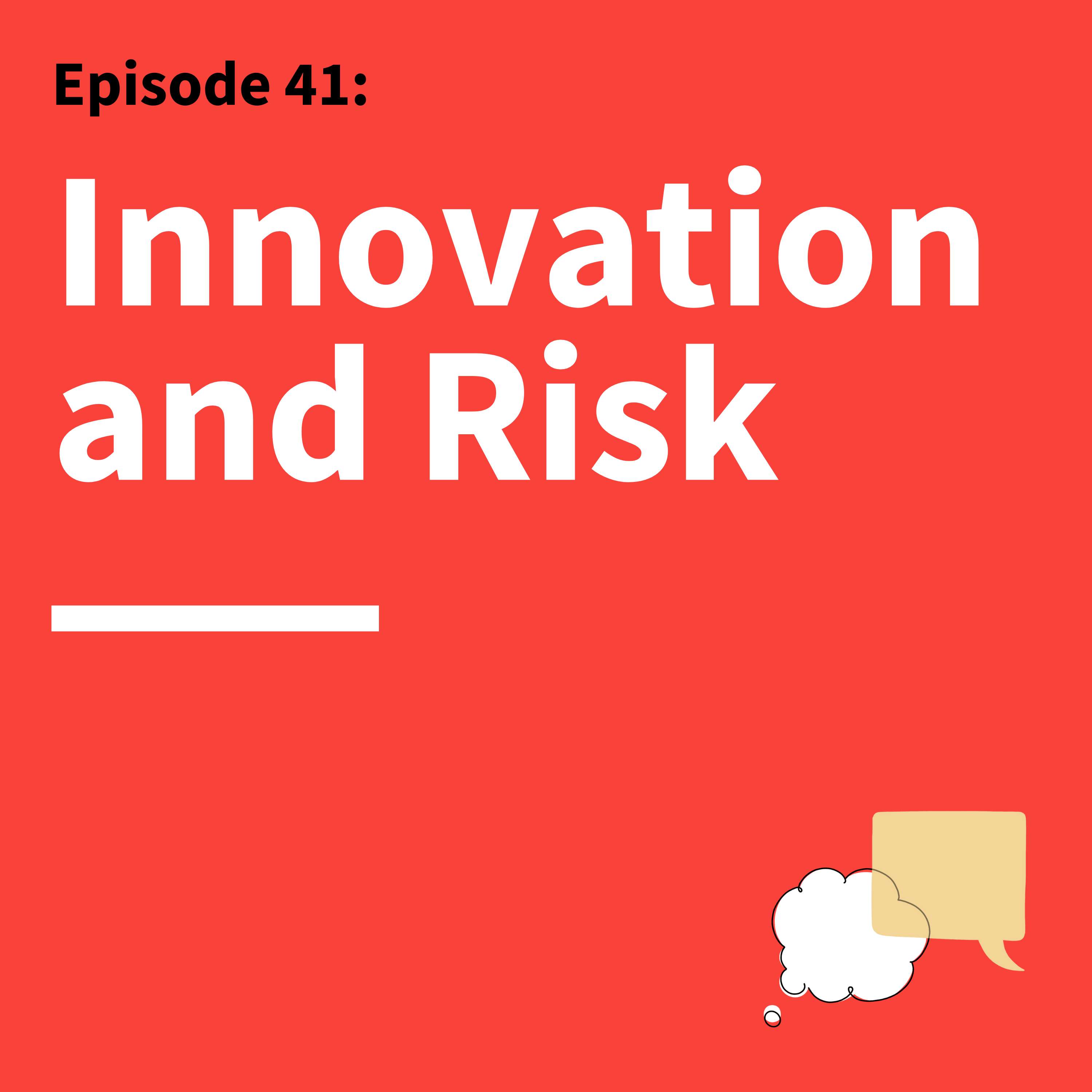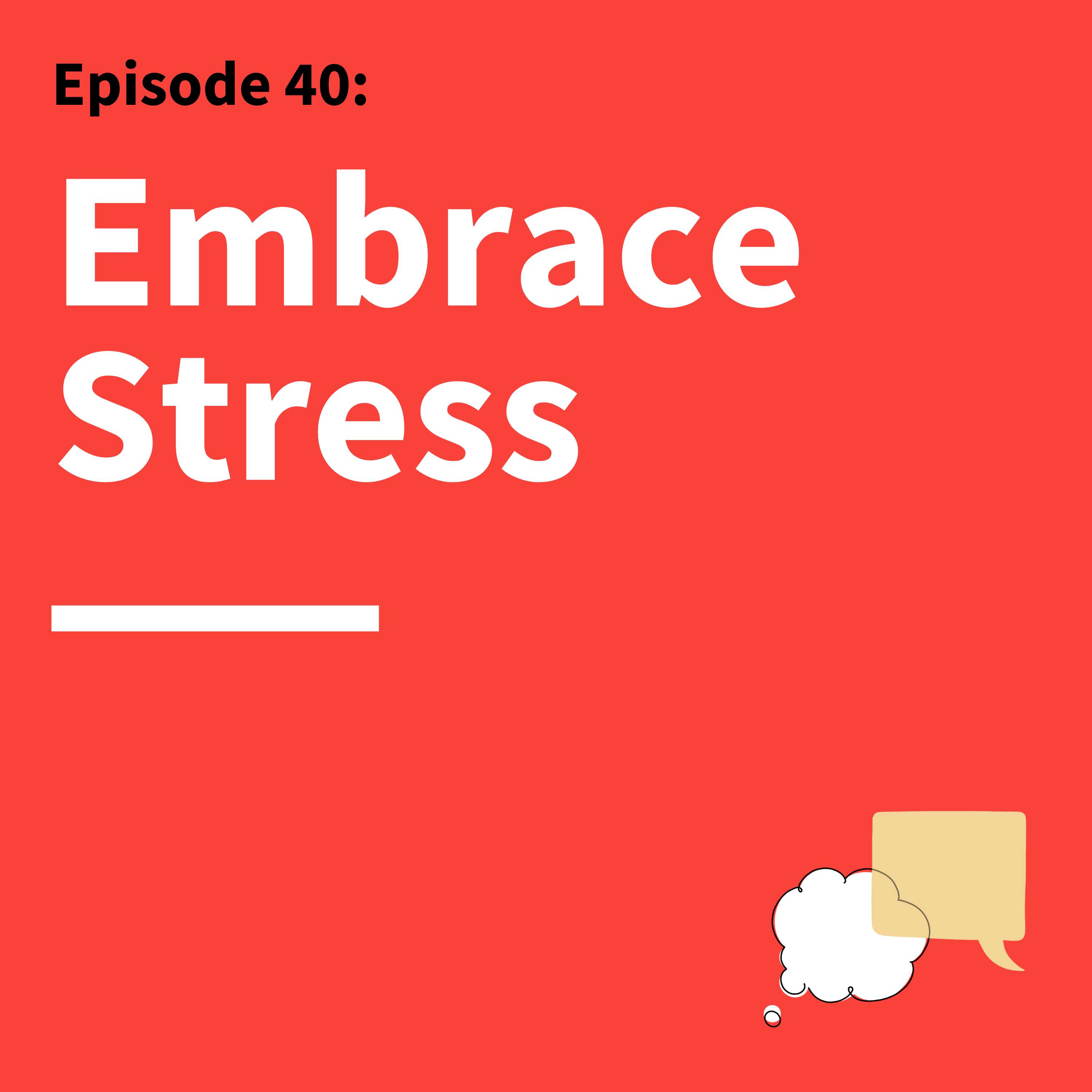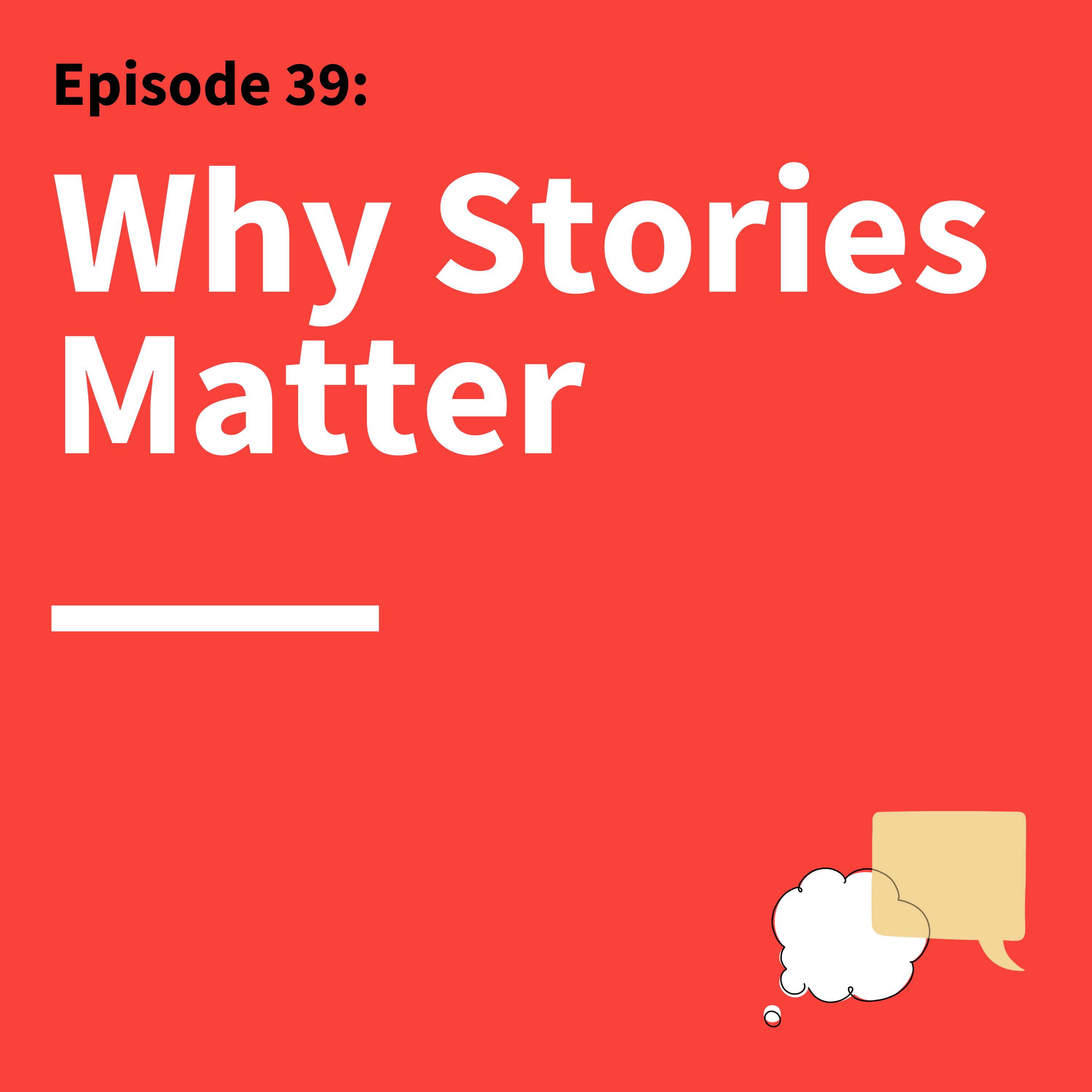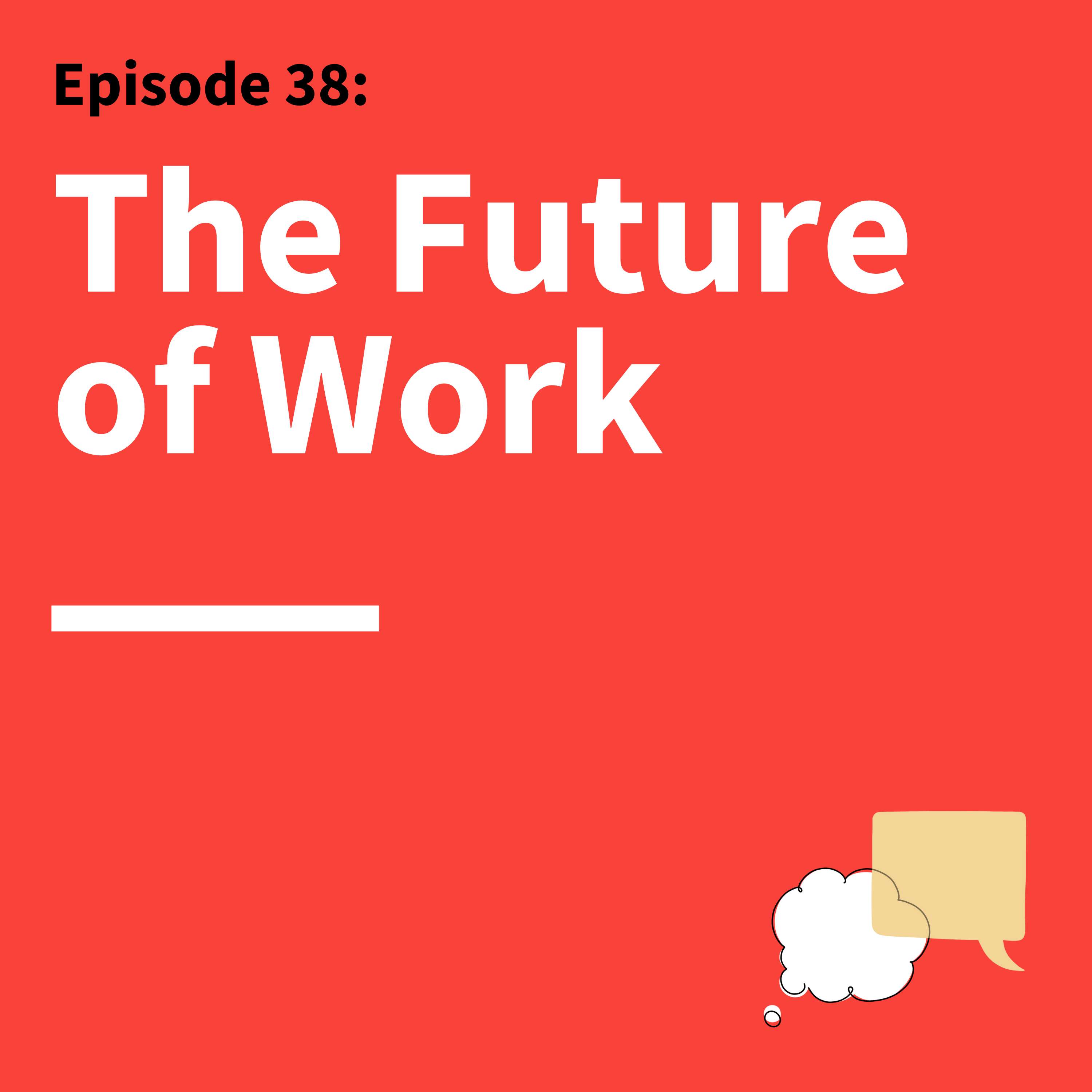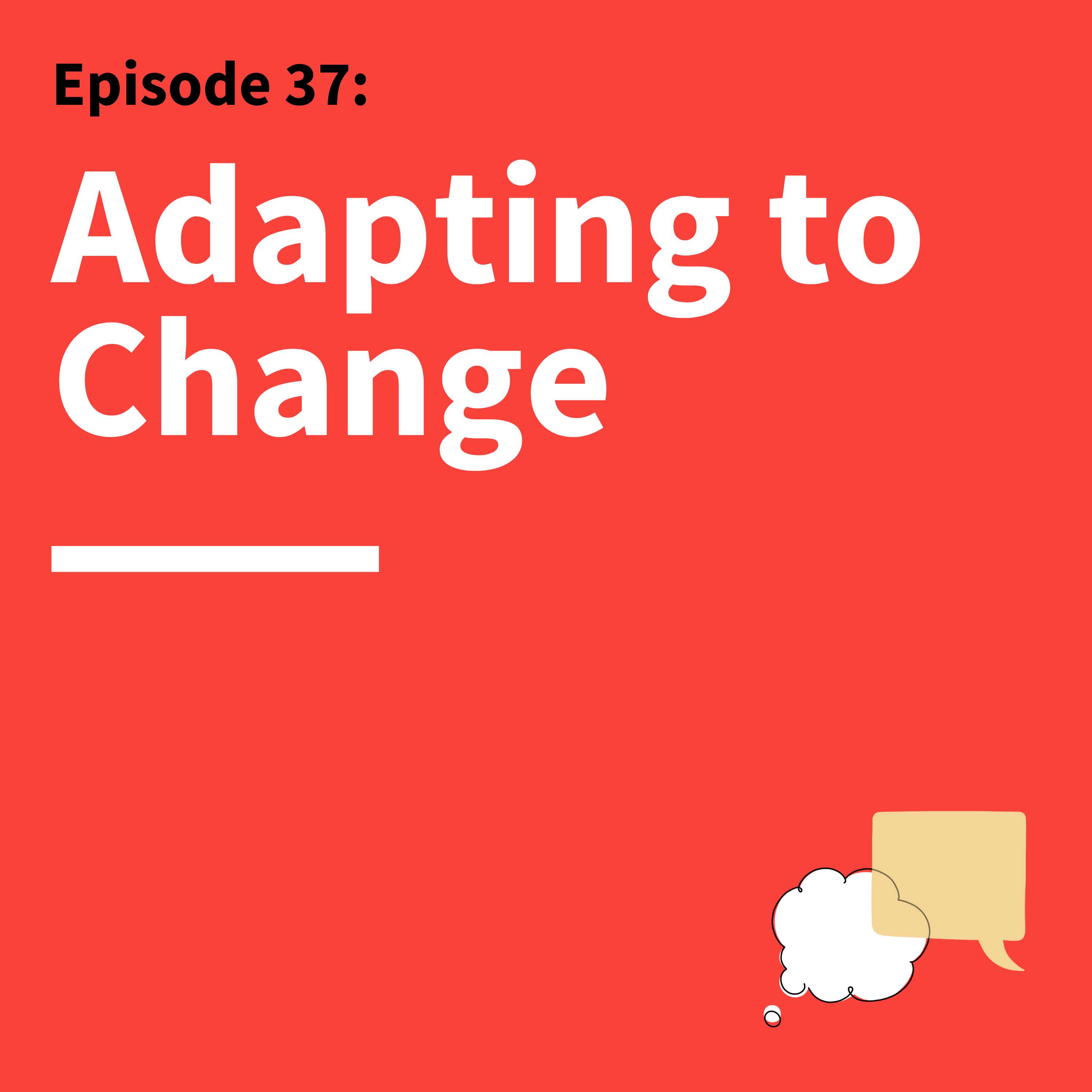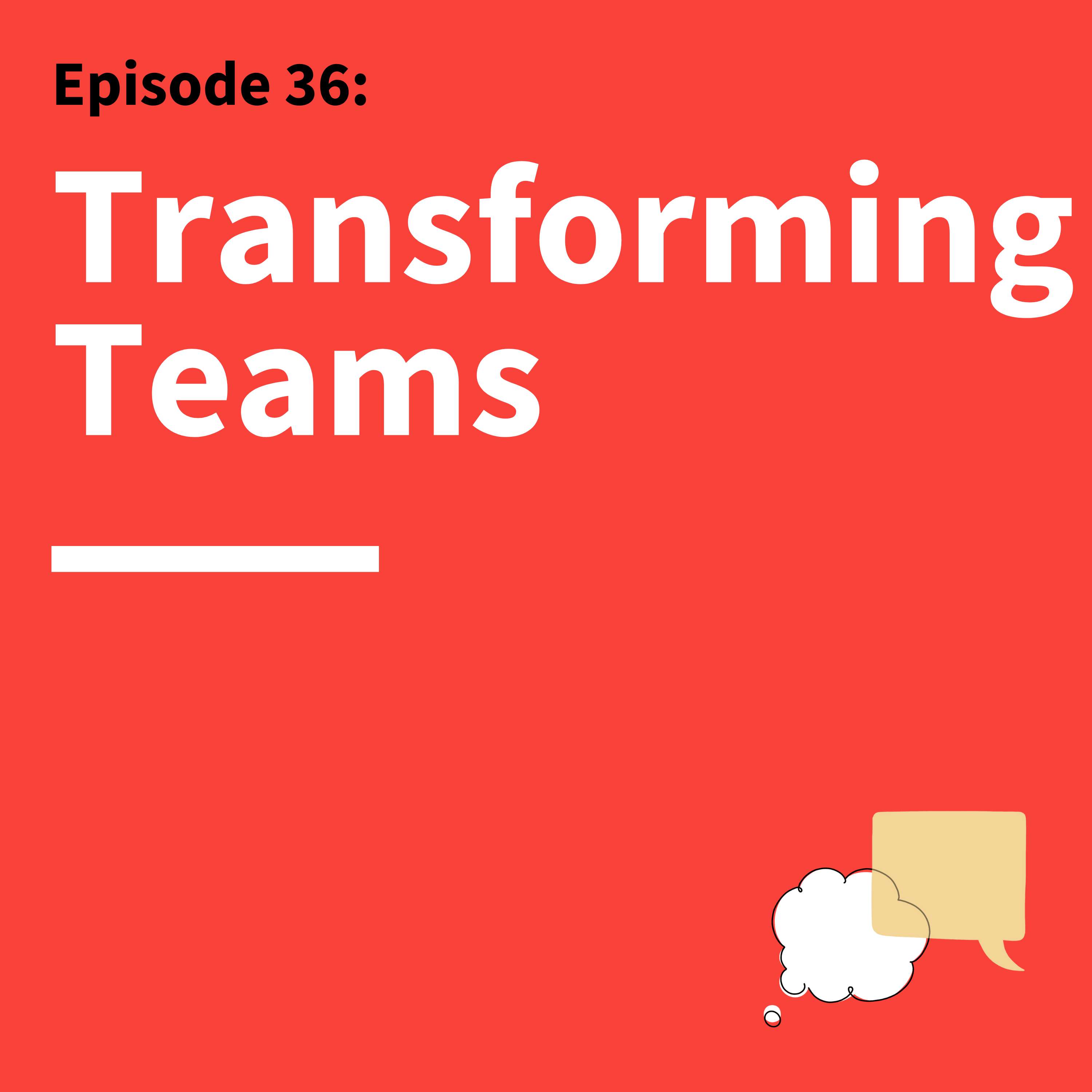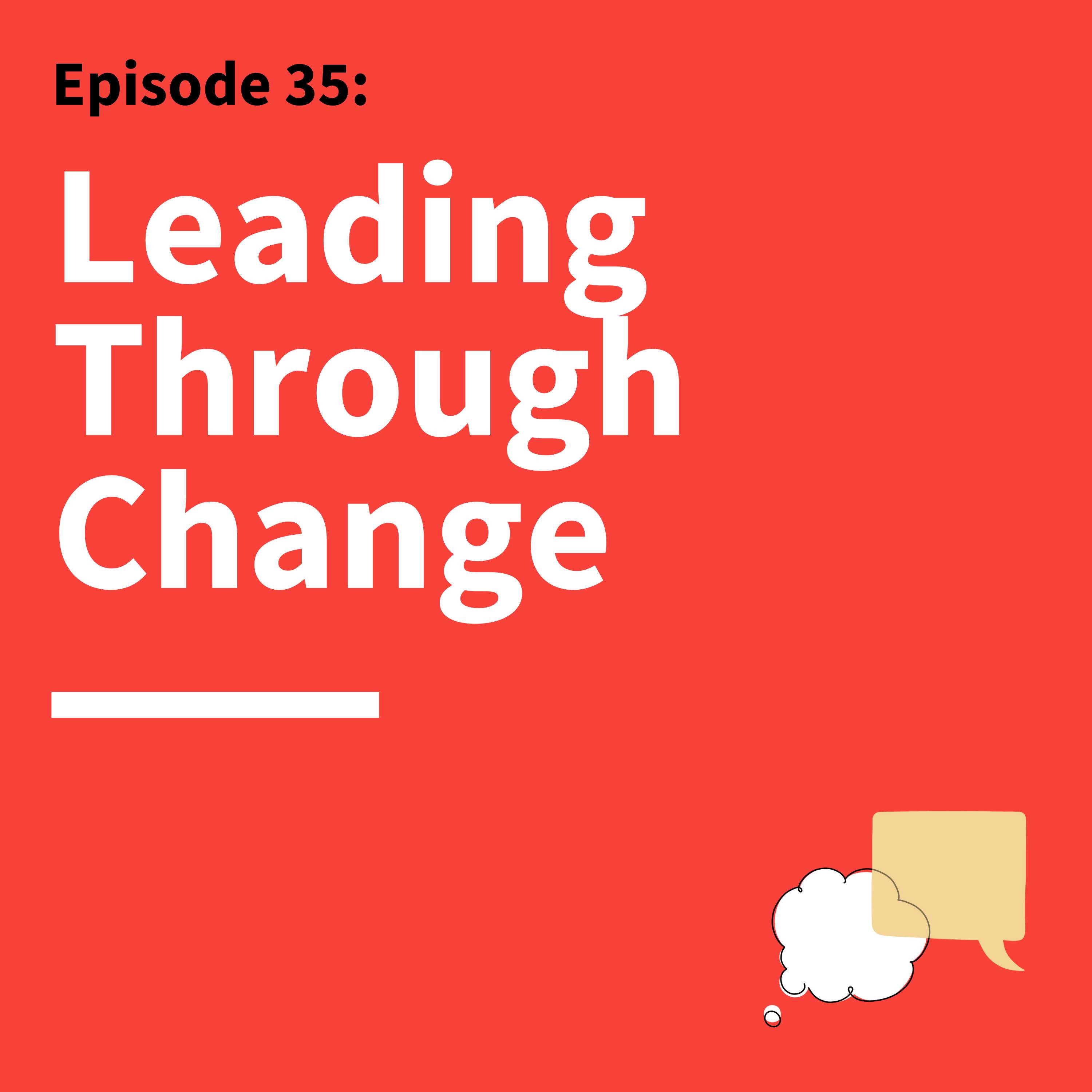Episodes
58. Forgiveness: How the Right Communication Repairs Relationships
The role of forgiveness in relationships and healthy communication.
57. Are You Listening?: How to Stay Open and Curious to Other People’…
The importance of really hearing where others are coming from.
56. Lean Messaging: How Simple Messages Really Stick
Communicating for startup success.
55. Ideas & Empathy: How to Design and Communicate with Others in Mind
How design and communication both start with the same ingredient: empathy.
54. Leadership and Ethics: How to Communicate Your Core Values
How to make ethical decisions in your personal and professional life.
53. Step Up and Stand Out: How to Create the Right Environment for Co…
Not just knowing what your audience needs to hear, but how they need to hear it.
52. Communicating Our Mistakes: How to Avoid Common Flaws and Make Be…
Common flaws in the decision-making process — and what to do about them.
51. We Asked, You Answered: Celebrating our 50th Episode with your An…
Techniques for managing nervousness before and during your communication.
50. Telling Good Stories: How to Use the Elements of Narrative to Kee…
Foster a sense of empathy and connection through storytelling.
49. Make Numbers Count: How to Communicate Data Effectively
The importance of “translating” numbers when sharing information.
48. Speaking Up Without Freaking Out: How to Tackle Communication Anx…
Keeping your cool during various speaking situations.
47. Quick Thinks: How to Use Storytelling to Be a Better Founder
Lessons from the Stanford GSB class “Startup Garage.”
46. Stay Creative: How to Keep Your Ideas Fresh and Practical
Common mistakes that can stifle ideas.
45. Recipes From the “Communication Kitchen”: How to Handle Three Com…
Strategies for surviving small talk.
44. Act Like a Leader: How Lessons From The Theater Can Help You Step…
"Leadership is a role that you play, like a part you play in other people’s lives. And [your] expression of that role is your responsibility as a leader,” says Stanford GSB lecturer Melissa Jones Briggs . Jones Briggs’ work c...
43. Get Psyched: How Time and Situations Shape Our Communication
How time influences perception.
42. Space, Pace, and Grace: How to Handle Challenging Conversations
The power of slowing down during difficult workplace situations.
41. Speak like a Founder: How Successful Entrepreneurs Communicate to…
Tactics that startups use to build a product quickly and effectively.
40. Mindset Matters: How to Embrace the Benefits of Stress
“Stress is natural, stress is inevitable when you're living a life that's connected with things you care about. And learning how to embrace it, learning how to work with it is really what helps us thrive and grow and perform ...
39. Brains Love Stories: How Leveraging Neuroscience Can Capture Peop…
Why our brains are wired for storytelling.
38. The New Normal: How Hybrid Work Actually Works
The effect of technology on teams, teamwork, and innovation.
37. Be Better: How Communication Catalyzes Business Transformation
The role of communication in helping businesses to adapt and transform.
36. Perfecting Teamwork: Building High-Performing Teams By Encouragin…
Break down professional silos and hierarchies in teams.
35. Leading From The Hot Seat: How To Communicate Under Pressure
How to communicate during a crisis.

